
Pharmacists need to overcome communication barriers to improve medication adherence.

Pharmacists need to overcome communication barriers to improve medication adherence.

When counseling patients on infertility treatment, health care providers need to perform the roles of patient advocates, researchers, educators, and confidantes, among others.

The serious adverse effects that garnered a black box warning for a once-common sedative are actually rare.

Pharmacists don't have to learn American Sign Language to effectively communicate with deaf and hard-of-hearing patients, but they do need to improve their knowledge, attitudes, and comfort levels.

Women with a history of depression may have greater odds of developing gestational diabetes.

By mentally rehearsing resuscitation procedures, trauma care team members can reduce clinical errors and improve patient safety.
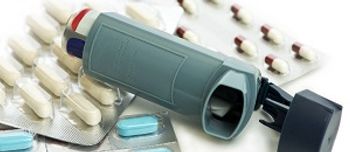
By educating nurses, counseling physicians, and providing feedback on inhalation technique, pharmacists can reduce issues related to salbutamol treatment for asthma and bronchitis, according to research findings.
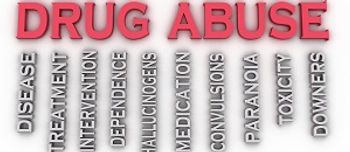
Deaths related to oxycodone overdose dropped 25% in Florida after the state adopted a Prescription Drug Monitoring Program to track controlled substance dispensing.

Pharmacist-driven drug management programs best ensure atrial fibrillation patients adhere to the warfarin alternative, dabigatran (Pradaxa).

April is National Child Abuse Awareness Month, and there are plenty of ways in which pharmacists can help prevent the disturbing problem.

Accurate blood pressure measurement is key in detecting hypertensive disorders that contribute to more than half of all maternal deaths.

Pharmacists can improve a patient's medication adherence by dispensing information beyond a drug's label.

Energy drink overconsumption has dangerous cardiac and neurologic consequences in adolescents.

Pharmacists can help bring about improvements to medication safety.

Making intravenous bag labels more legible could prevent medication errors during high-stress clinical situations.

American Academy of Pediatrics asserts minimal public education is needed to ensure safety.

Readmission rates among patients with heart failure, acute myocardial infarction, and pneumonia increase when psychiatric illness is also present.
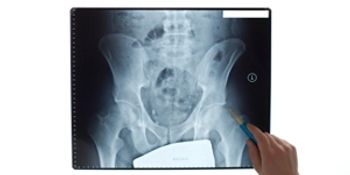
The high cost of bisphosphonates may outweigh the drugs' benefit in reducing hip fracture rates.

Children's medications should now be dispensed in metric units, not teaspoons or tablespoons. Here's how pharmacists can help make the change happen.
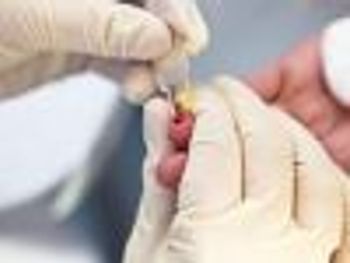
Risk of HIV transmission is higher in the acute phase than the chronic one.

Commonly cited estimates on how easily newly infected patients transmit HIV may be vastly overstated.
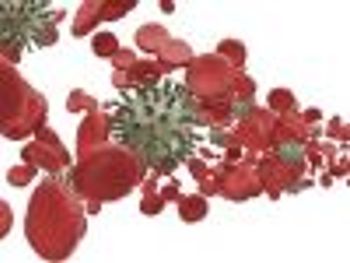
Nearly half of all infected patients not receiving medical care.

Pharmacists and other health care providers often do not advise patients with mental illness symptoms and diabetes to make lifestyle changes that would reduce related health risks.

More than 90% of HIV transmissions originate from undiagnosed and untreated individuals. On the other hand, those retained in medical care who have achieved viral suppression are 94% less likely to transmit HIV.

Children born to parents with bipolar disorder have a strong likelihood of experiencing episodes of manic symptoms themselves.

Hemoglobin recovery time following blood donation can be shortened with iron supplementation.

New drugs help prevent needless HCV-related deaths.
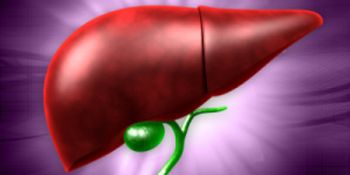
Interferon-free, all-oral drug regimens result in high rates of sustained virologic response for patients co-infected with hepatitis C virus and HIV.

Compared with those receiving short-acting antiepileptic drugs (AEDs), patients with epilepsy taking long-acting AEDs use fewer health care services and have lower related care costs.

A postmenopausal woman's score on a fracture risk scale can tip off her clinicians to gum disease.